Zim urged to harness biomining
- By Zimpapers Syndication |
- 11 May, 2025 |
- 9
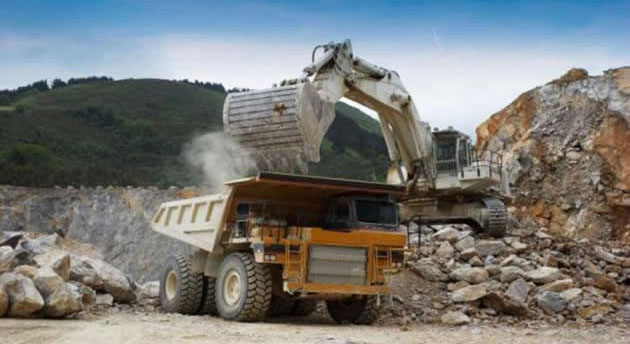
Sifelani Tsiko ---
Zimbabwe must move quickly to harness biomining to extract gold, copper and other metals from low-grade mineral concentrates to maximize benefits and enhance efficiency in its mining sector which is grappling with rising production costs, a bioleaching research and development expert says.
Biomining is the use of naturally occurring ‘bugs’ such as bacteria and archaea to extract specific metals from their ores.
This technique is gaining currency as mining researchers seek economic methods to access difficult to extract or low value ores.
John Neale, a specialist engineer for Mintek, a leading mineral and metallurgical innovation firm, told participants at a workshop on biotechnology and emerging technologies in mining in Harare recently that it is imperative for Zimbabwe to tap into biomining to improve recovery rates and reduce operating costs at its mines.
“There is great potential for Zimbabwe to develop it,” he said. “It makes a lot of economic sense. South Africa is already using this technique and we are right on your doorstep. Why not move quickly to harness, especially as the country moves to re-open the Kwekwe roasting plant.
“Zimbabwe has to look at other alternative options apart from roasting and smelting.”
The National Biotechnology Authority and the Ministry of Higher and Tertiary Education, Science and Technology Development organised the workshop to explore ways of harnessing new and emerging technologies in mining.
Biomining remains an untapped in Zimbabwe and experts say the use of traditional extraction involve many expensive steps such as roasting and smelting which sufficient concentrates of elements in ores.
Conventional mining methods are very energy-intensive and expensive and experts say is only used on sites where it is estimated that the concentration of gold, copper and other metals - called grade - are worth spending more resources to extract.
“Zimbabwe should not leg behind,” says Neale. “It should move with others harness biomining to exploit natural resources to add value to its minerals with the help of biotechnology.
“Biomining is already in use in several countries, including South Africa, Brazil and Australia. It is now estimated that more than 20 percent of the world's copper production comes from bioleaching.”
Prof Courtie Mahamadi, a chemical expert at the Bindura University of Science Education (BUSE) said biomining is much cheaper and greener than traditional mining.
“There are a lot fewer carbon emissions and carbon and water footprints are lower than using conventional technology,” he said. “We must explore ways of using biomining to reduce the use of toxic chemicals used in traditional mining which are extremely harmful to the environment.
Unlike conventional mining, biomining uses bacteria that are naturally occurring at mining sites. Its use is growing worldwide - South Africa, Chile, Brazil and Australia are using it and we as Zimbabweans we need to use bioleaching in our industrial mining processes.”
Experts say natural micro-organisms catalyse chemical reactions, which lead to the dissolution of metals from minerals.
They say this process has been used in commercial operations to extract copper, nickel, cobalt, vanadium, zinc and uranium from complex ores.
Copper has been the most common base metal extracted with bioleaching and according to some estimates, bioleached copper represents up to 20 percent of the world’s copper production.
Other experts say bio-oxidation has also been used to treat sulphide containing gold ores before leaching of the gold using chemical reagents.
This, they further say, has environmental advantages of reducing the consumption of hazardous chemical leaching reagents such as cyanide.
Chemical engineers also say bio-oxidation can also produce more stable waste products, which reduces the risk to the environment as a result of the mining process.
“Biohydrometallurgy has the potential to transform uneconomic reserves into viable ventures due to the low cost of allowing microorganisms to do the work. It can be attractive for low grade ores that are too expensive to mine using conventional processes or that contain impurities that foul conventional processing equipment,” noted one mining expert.
Biohydrometallurgy is a field of applications resulting from the control of natural (biochemical) processes of interactions between microbes and minerals to recover valuable metals.
This process uses micro -organisms and their natural ability to digest, absorb and change the quality of different chemicals and metals to refine ores.
“Most of the major technological advances in the field have occurred in the past 35 years,” said Neale.
“Mintek has been active in the field since the early 1980s. Since then, deliberate use of these and other micro-organisms has expanded worldwide. Copper dump- and heap-leaching applications have been used mainly in South America while globally, there has been agitated tank bioleaching of refractory gold concentrates.
“More recently, agitated tank bioleaching of copper and nickel sulfide concentrates has been done.”
In Chile, scientists are using microbes such as Acidithiobacillus ferrooxidans and Thiobacillus ferrooxidans bacteria which are used to break down minerals in order to improve copper recovery rates and reduce operating costs.
Neale said biomining is an old process that dates back to Roman times in the first century BC and in China, where it is recorded that bacteria were used in the recovery of copper in the third century BC.
He said early miners used microbial activity to leach copper from ore without being aware that microbes were involved.
“Mineral biotechnology is an interest area and has the potential to bring the revolution in the mining industry,” he said.
Said Dr Jonathan Mufandaedza: “We are holding this workshop to provide education and awareness on new and emerging technologies and their application to mining here in Zimbabwe.
“We also want to provide insight to opportunities miners should exploit through science and technological innovation. This will certainly help them to understand how to achieve value addition and beneficiation in mining through emerging technologies.”
Even though biomining has not been taken up on a commercial scale, some local universities are already conducting research on biomining.
The Harare Institute of Technology is conducting an assessment of the potential for in situ bioremediation of cyanide contaminated soil at Shamva Gold Mine using gossypium herbaceum (cotton) and musa paradisiaca (banana) plants.
Bindura University of Science Education recently partnered with Trojan Nickel Mine on biomining research and development that targets both the concentrates and the waste slag at the mine.
Trojan provides research materials such as ore concentrate, chemicals and access to laboratories while BUSE provides the researchers -microbiologists and chemists.
“For biomining technologies to be applied commercially they have to be demonstrated at large scale,” said Prof Mahamadi.
“To achieve this there must be cooperation among the mining companies who own and exploit the deposits and universities, government laboratories, biotechnology companies/agencies and engineering companies that develop the technologies.”
Tapping into biomining is not easy and there are challenges.
“It’s not a straight forward science but it can be harnessed. We need to tap on its potential,” said Prof Wilson Parawira, an executive dean at BUSE.
Added Neale: “Biomining doesn’t come cheap. It’s very expensive but miners can mine and extraction can be centralized. You can have a centralized bioleaching processing unit to reduce costs and enhance efficiency.’
Warns Prof Francis Gudyanga, Permanent Secretary of the Ministry of Mines and Mining Development: “Government is open to new ideas, but we need to strengthen our biosafety mechanism to handle such microbes used in biomining.
“It can easily get out of hand and this technology has to be handled well because it can be dangerous.”
Prof Gudyanga said Zimbabwe has more than 650 000 tonnes of waste ore which can earn the country more than US$256 million if biomining is used to harness metals from mining dumps dotted around the country.
Even though there are risks, it seems biomining with further research and collaboration, offers the hope that one day it might be possible to get to mine for gold, nickel, copper and other valuable metals without digging huge pit mines and polluting the environment.
The rock munching bacteria will then have played a big role in sustainable mining. -Zimpapers Syndication
No Comments


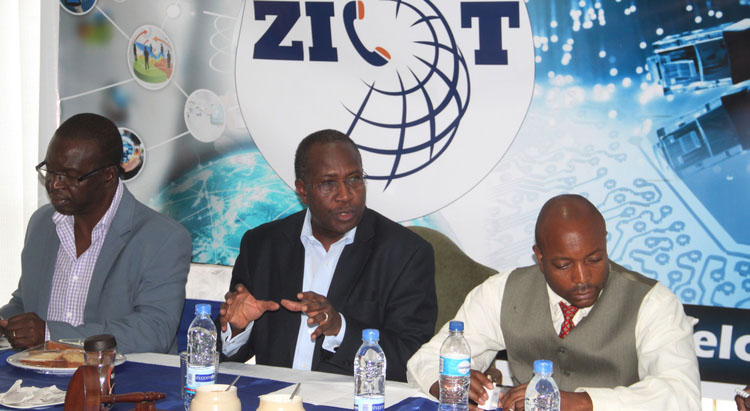
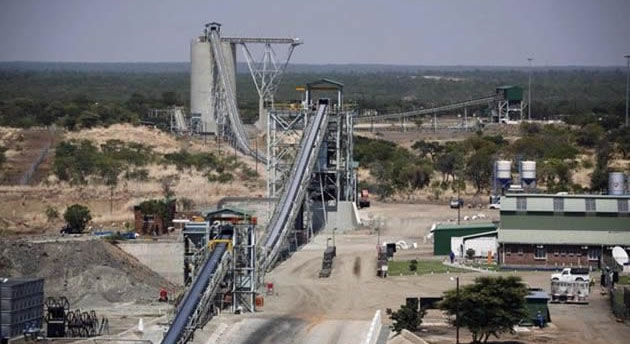


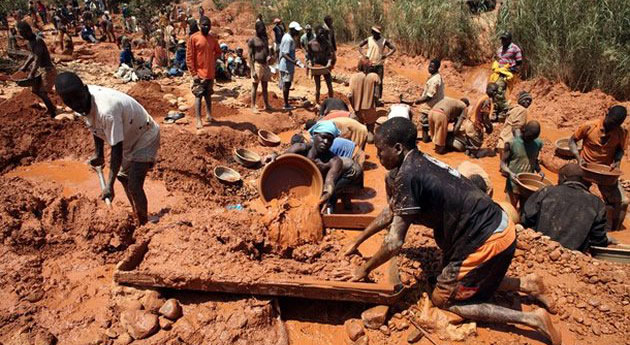
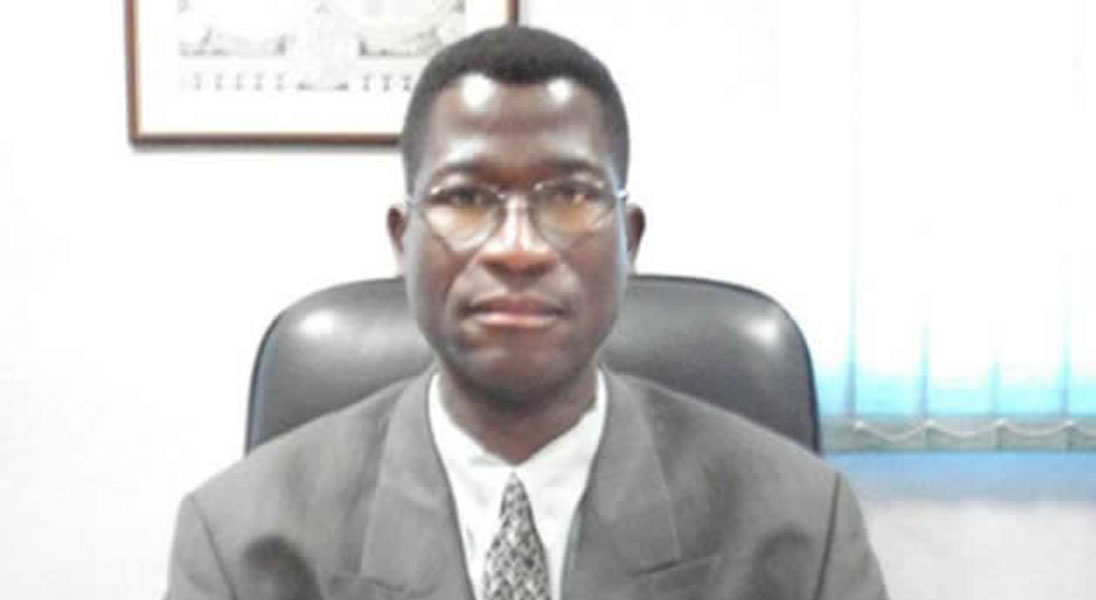

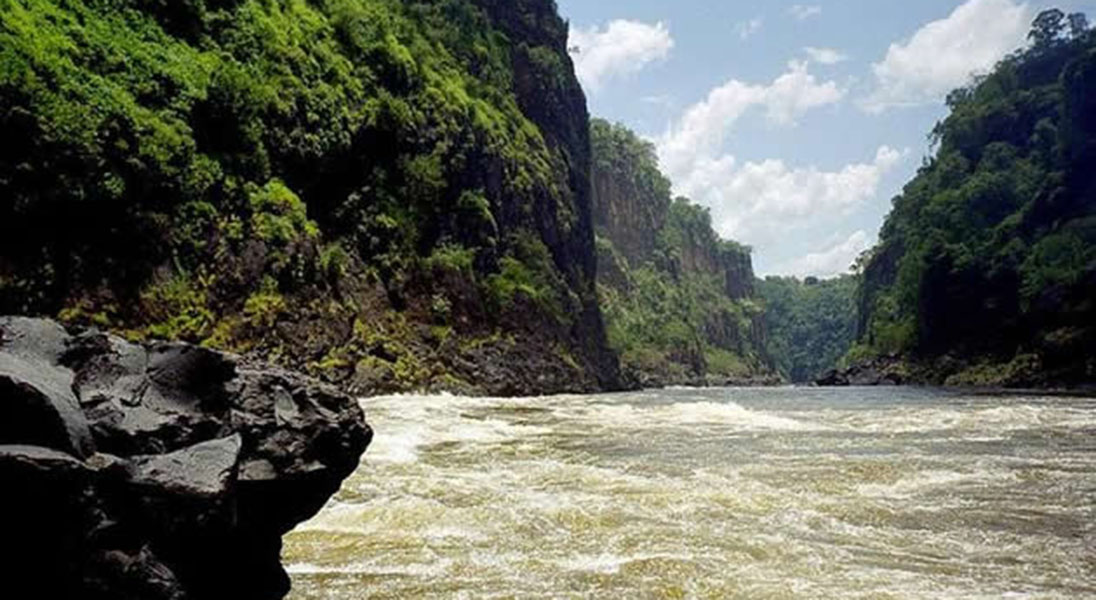
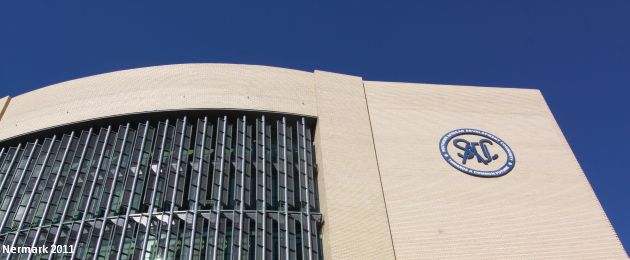
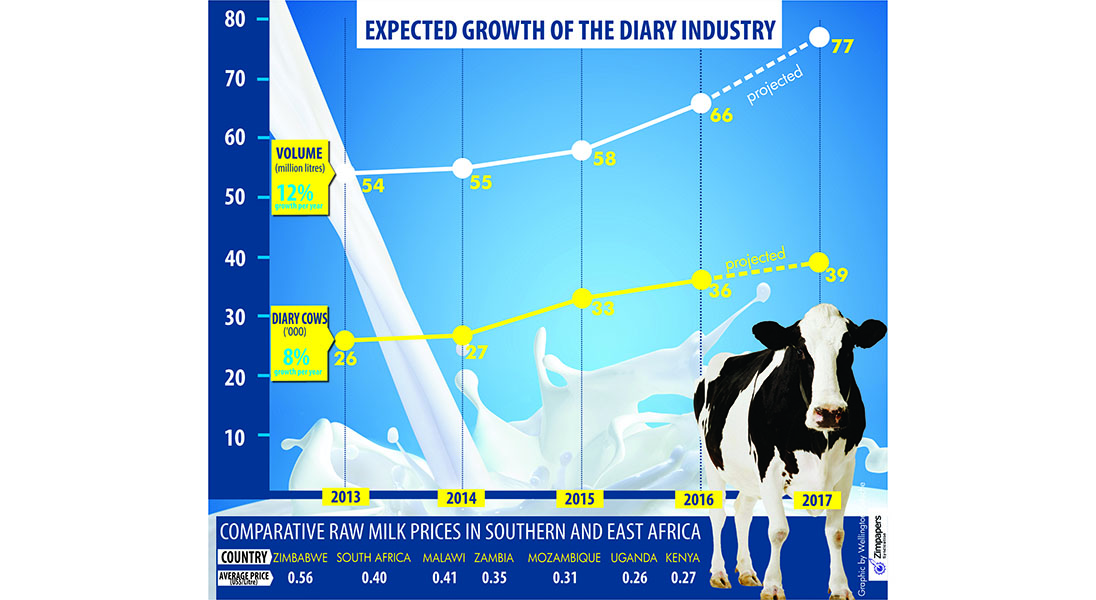
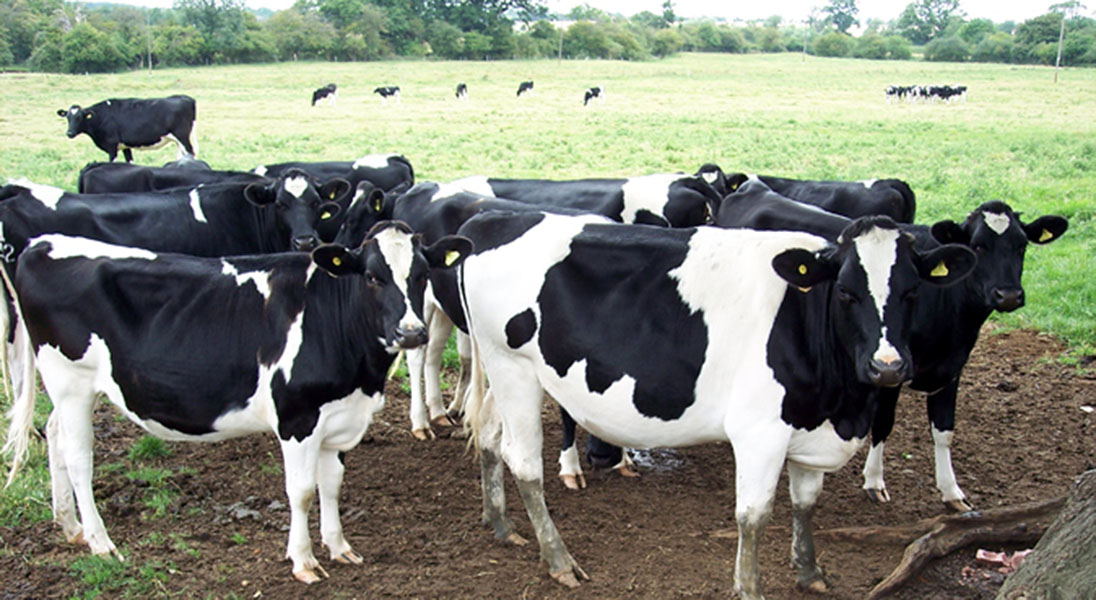
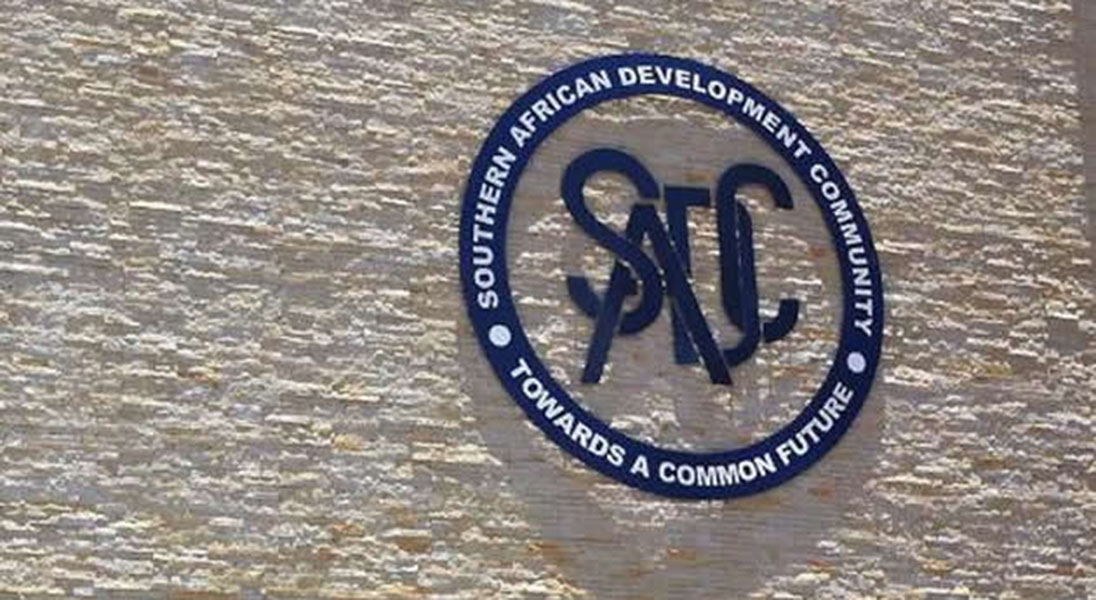
Comment